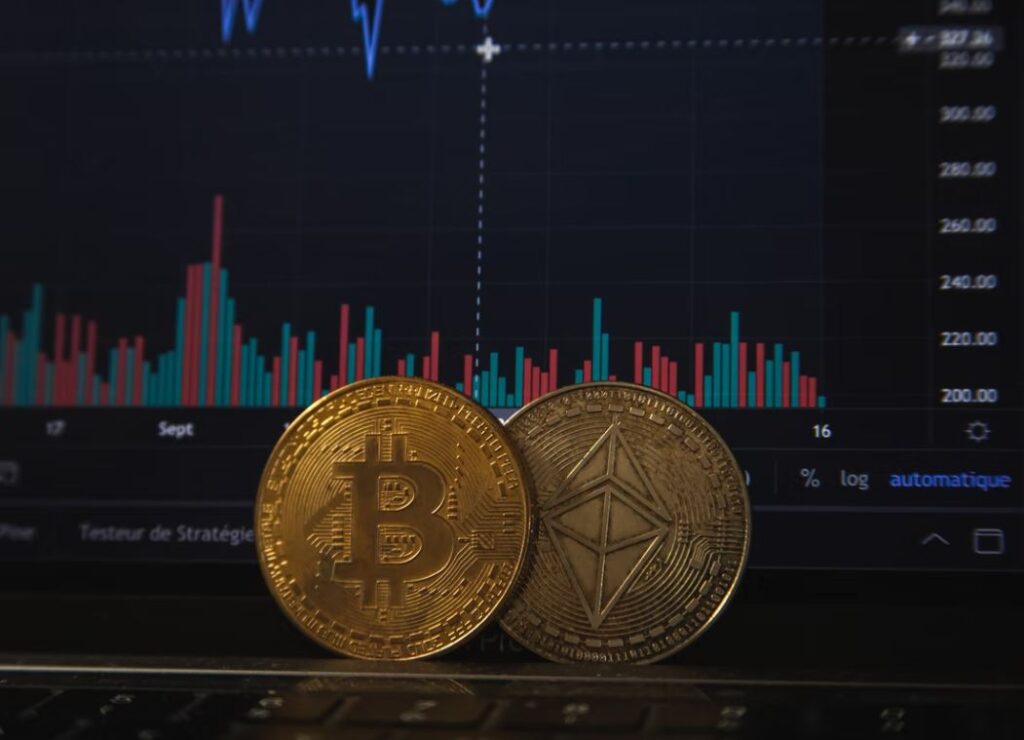
Non-fungible tokens (NFTs) and the blockchain technology (also known as Distributor Ledger Technology (DLTs)) on which they are recorded have attracted considerable attention over the last few years.[1] The ability to own a digital asset that has a one-of-a-kind value is made possible by DLTs.[2] DLTs make this possible by creating a catalogue of transactions that are viewable to anyone, are unchangeable and that contain information about something.[3] The traditional requirement for banks is removed through this transparent catalogue of transactions because the blockchain system is immutable and can be depended upon to action an intended transaction.[4]
Whereas fungible goods can be exchanged for other fungible goods of equal value (e.g., wheat or petroleum), non-fungible goods are one-of-a-kind (e.g., an original work of art).[5] Non-fungible tokens (NFTs) are one-of-a-kind digital works.[6] In order to record an NFT on a blockchain (such as Ethereum), a smart contract is recorded on the blockchain with a unique number.[7] What is contained in a smart contract has important legal implications.[8]
A point of confusion about NFTs is that they are a “digital representation” of a work and not the actual work.[9] This confusion is partly attributed to the fact that NFTs are only a digital representation of a work and yet are being sold for more than USD $1 million.[10] In fact, the rights to the copyright of a work are not held by the majority of NFTs.[11]
An example of this was the NFT created by Daystorm for a famous painting by Basquiat known as “Free Comb with Pagoda”.[12] When releasing information about the sale of the NFT, they claimed that the NFT would give the buyer the option to destroy the original work of art, alongside rights to the NFT itself.[13] This attracted considerable opposition from the art community and, in particular, Basquiat’s estate.[14] Asserting that Daystorm did not own any copyright to the original work of art, even though Daystorm owned the original work itself, the art licencing agency managing Basquiat’s estate forced Daystorm to withdraw the NFT for sale.[15] While Daystorm did not possess the copyright to “Free Comb with Pagoda”, it is possible to transfer copyright of a work in an NFT by embedding copyright transfer in a smart contract.[16]
While Australian courts have not yet encountered similar copyright issues as the Daystorm case, similar questions and issues may be raised as Australian trade mark owners are forced to grapple with these emerging issues.
The matters covered in this article are US-centric. As such, the information provided in this article should not be relied upon as legal advice for Australian intellectual property matters or any other jurisdiction.
If you require assistance in filing a trade mark or any other patent, design or plant breeder’s rights matter, please do not hesitate to contact us.
[1] Guadamuz, A. (2021). “The treachery of images: non-fungible tokens and copyright”. Journal of Intellectual Property Law & Practice.
[2] Ibid.
[3] Ibid, 1368.
[4] Durovic, M. & Janssen, A. (2019). “The Formation of Blockchain-based Smart Contracts in the Light of Contract Law”. European Review of Private Law. 753–772.
[5] Guadamuz, A. (2021). “The treachery of images: non-fungible tokens and copyright”. Journal of Intellectual Property Law & Practice.
[6] Ibid, 1369.
[7] Ibid, 1370.
[8] Ibid.
[9] Ibid, 1372.
[10] Ibid.
[11] Ibid.
[12] Ibid, 1367.
[13] Ibid.
[14] Ibid 1367, 1368.
[15] Ibid, 1368.
[16] Ibid, 1373.

